U.S. News
18 Grocery Items That Could Be Banned Under RFK Jr.’s Health Initiatives
By Jake Beardslee · November 7, 2025

A New Food Culture on the Horizon
The Trump administration plans to release updated dietary guidelines in December as part of a broader effort to combat obesity and reshape American eating habits, Health and Human Services Secretary Robert F. Kennedy Jr. announced Thursday.“We’re about to release dietary guidelines that are going to change the food culture in this country,” Kennedy said at a White House event. “They’re going to change the kind of food the military gets. They’re going to change the kind of food that our children get.”
The forthcoming guidelines are expected to focus on reducing obesity and promoting whole foods over processed ones. According to The Hill, Kennedy may emphasize “the need to eat saturated fats of dairy, of good meat, of fresh meat and vegetables,” marking a departure from decades of low-fat policy.
Here are 18 foods and ingredients that could face restrictions or reformulations under Kennedy’s health agenda. The White House / Wikimedia
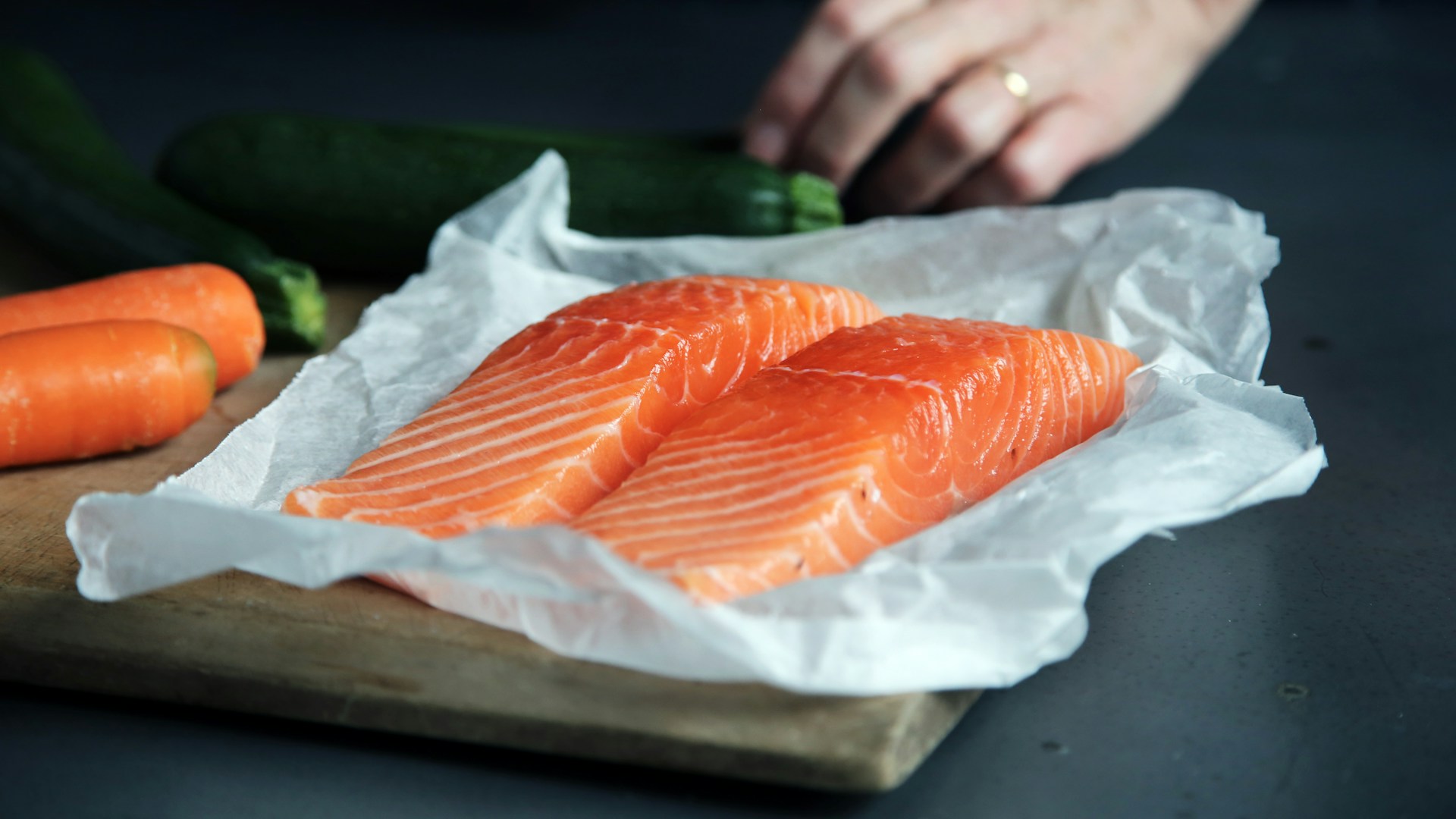
Farmed Salmon: Coloring Concerns
Farmed salmon lack the pink hue of their wild counterparts, so they’re often fed synthetic astaxanthin to achieve the desired color. Although FDA-approved, some studies raise questions about long-term exposure to the compound in feed. Kennedy’s policy team could push for greater transparency in fish-farming practices or labeling requirements. The move may also boost consumer preference for wild-caught fish. Caroline Attwood / Unsplash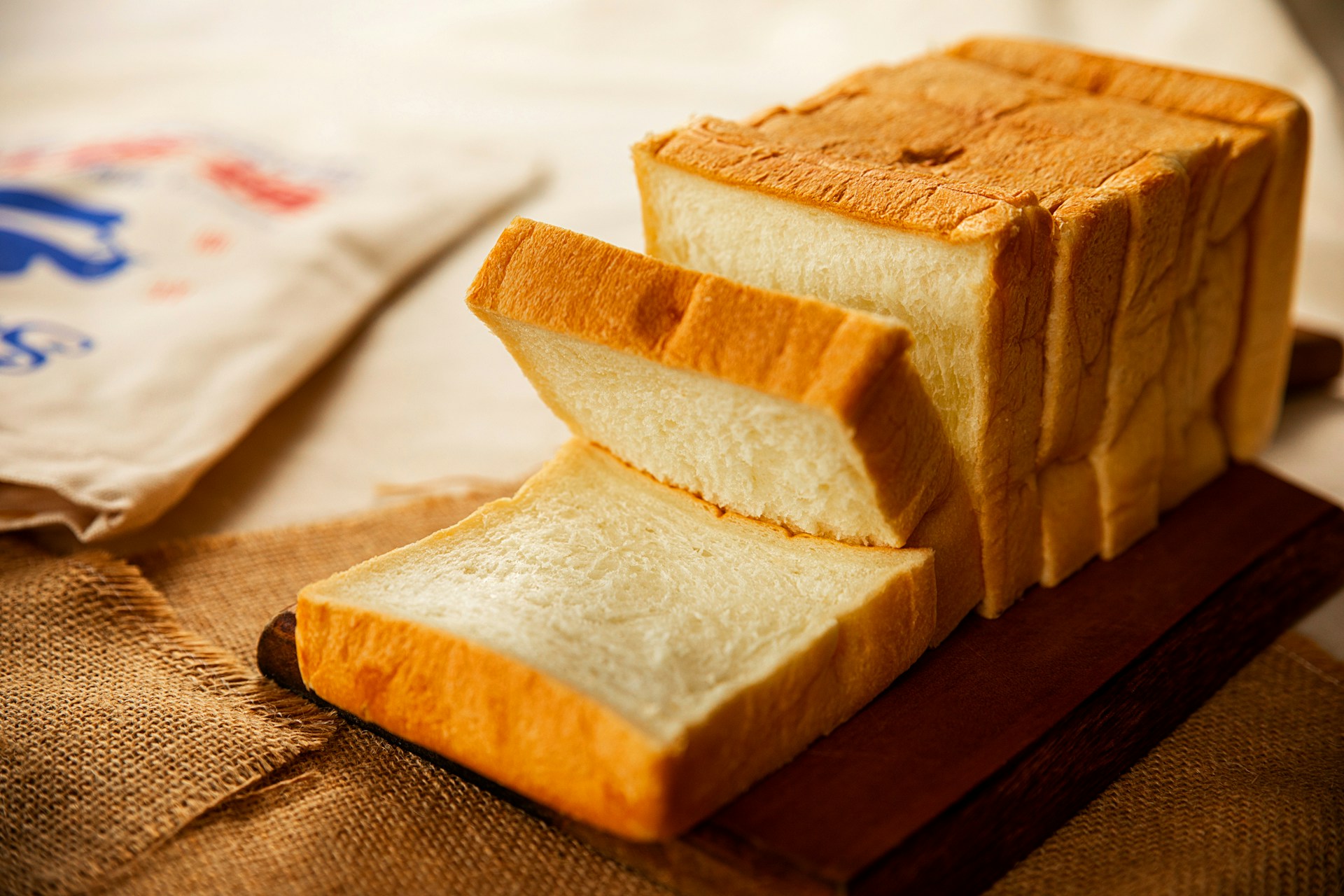
Potassium Bromate: The Bread Booster at Risk
A dough strengthener used in breads and rolls, potassium bromate has been linked to cancer in animal studies. Banned in Europe, Canada, and China, it remains legal in the U.S. but faces growing pressure for removal. Under Kennedy’s food-safety agenda, this chemical could finally be eliminated from American flour altogether. Charles Chen / Unsplash
Yellow Dyes No. 5 & 6: Behavioral Concerns
Synthetic yellow dyes make snacks and cereals look vivid and appetizing, but their health profile is controversial. Some research has linked them to hyperactivity and allergic reactions in children, especially those with sensitivities to artificial colors. European nations require warning labels on products containing these additives, while the U.S. still allows them without notice. Kennedy could push for nationwide labeling or a complete phase-out. PD-US / Wikimedia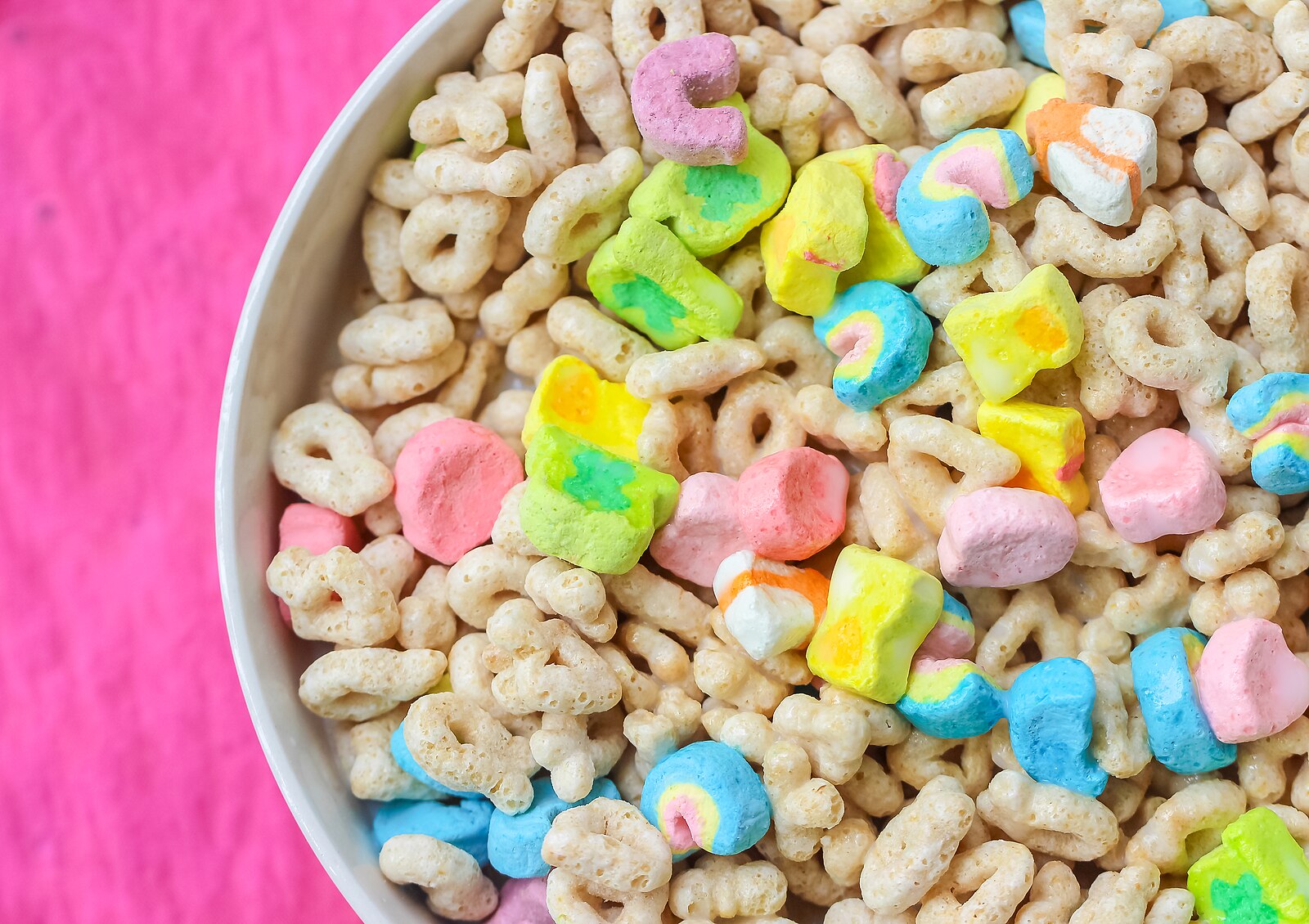
Artificially Colored Cereals
Breakfast staples like Lucky Charms and Froot Loops depend on synthetic dyes such as Red 40 and Yellow 5. If Kennedy’s plan mirrors EU standards, brands may need to switch to natural colorants. Sarah Mahala Photography & Makeup Artistry from Oshkosh, WI, United States, CC BY 2.0 https://creativecommons.org/licenses/by/2.0, via Wikimedia Commons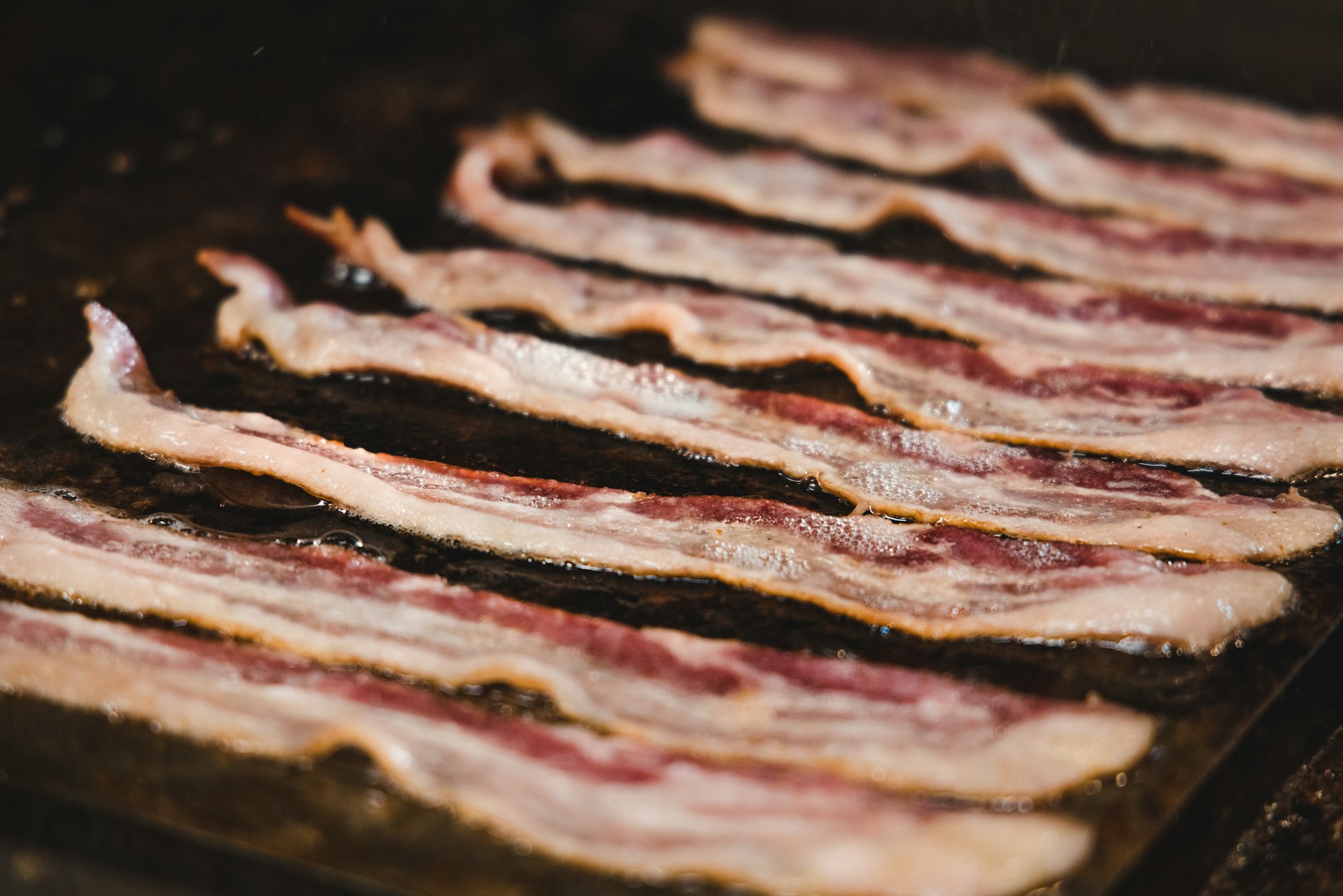
Processed Meats: Nitrates and Nitrites Under Review
Nitrates and nitrites preserve color and flavor in bacon, sausages, and deli meats, but they can form carcinogenic compounds during digestion. The World Health Organization has classified processed meat as a Group 1 carcinogen. Europe now limits these preservatives heavily, and Kennedy’s FDA could impose similar caps. Such reform would fundamentally alter America’s sandwich aisle. Jonathan Daniels / Unsplash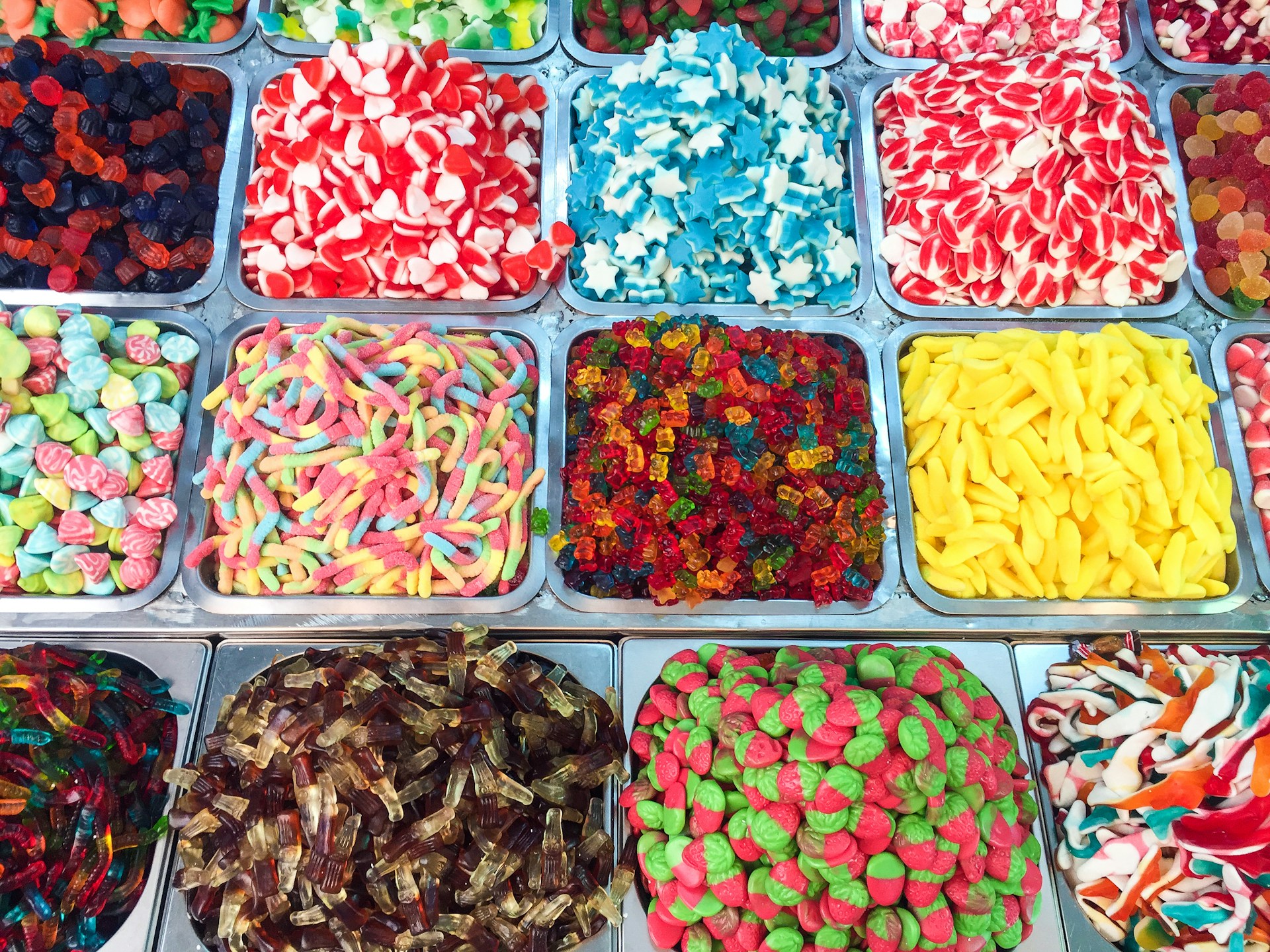
Titanium Dioxide: The Whitening Agent Under Fire
A common additive in candies and baked goods, titanium dioxide was deemed unsafe by EU regulators in 2021 for potential DNA damage. Still approved by the FDA, it could be re-evaluated under new guidelines. Jacqueline Brandwayn / Unsplash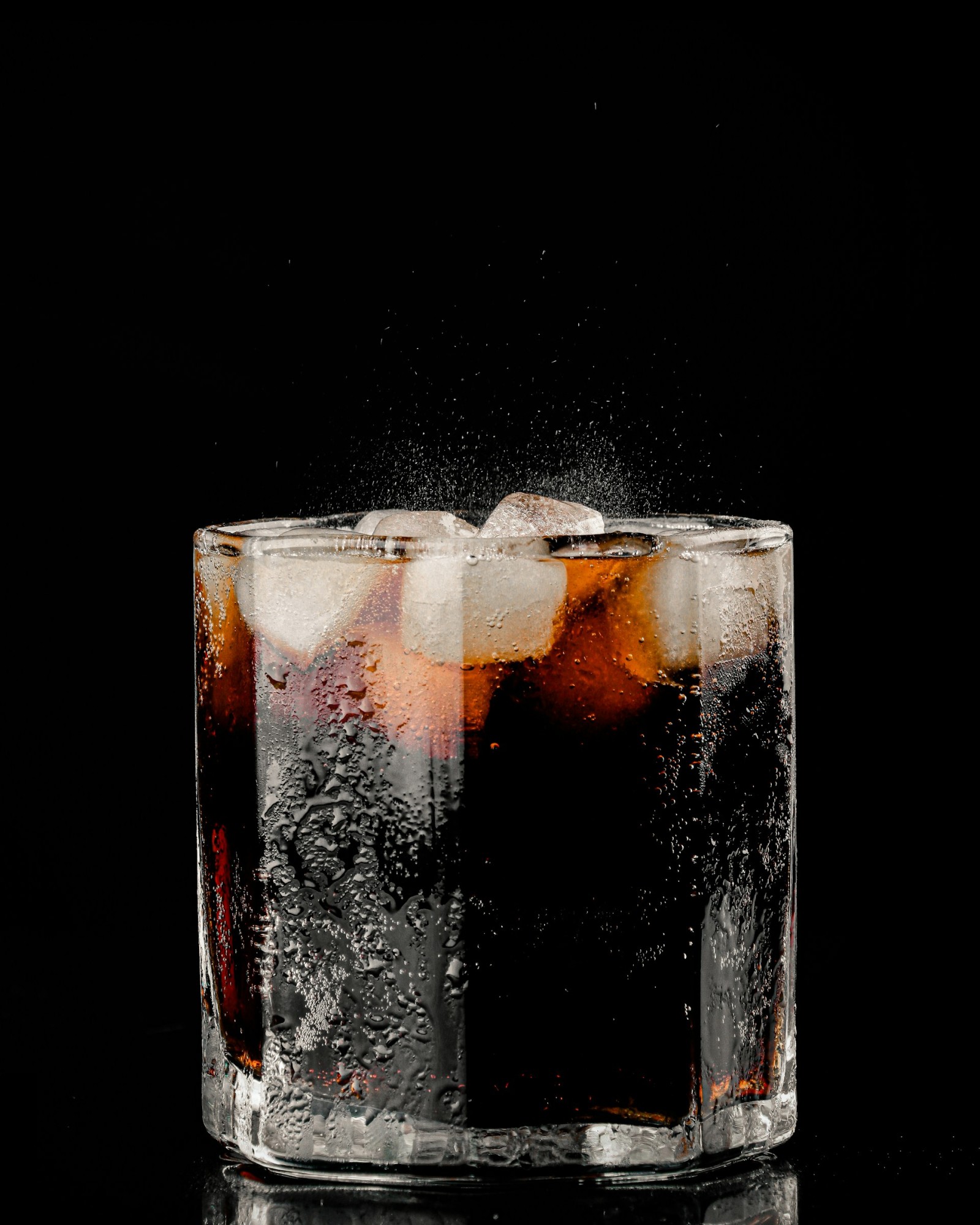
Soda Brands: Colorants and Caramel Chemistry
Cola drinks often get their dark color from caramel coloring, some types of which contain trace amounts of 4-Methylimidazole (4-MEI), a potential carcinogen found in animal studies. Regulators consider current exposure levels safe, though watchdogs call for closer monitoring. These beverages also contain phosphoric acid, which enhances flavor but has been linked to bone and kidney issues in frequent consumers. Kennedy’s team may advocate clearer labeling of caramel color types and stricter limits on phosphate additives. Qasim Malick / Unsplash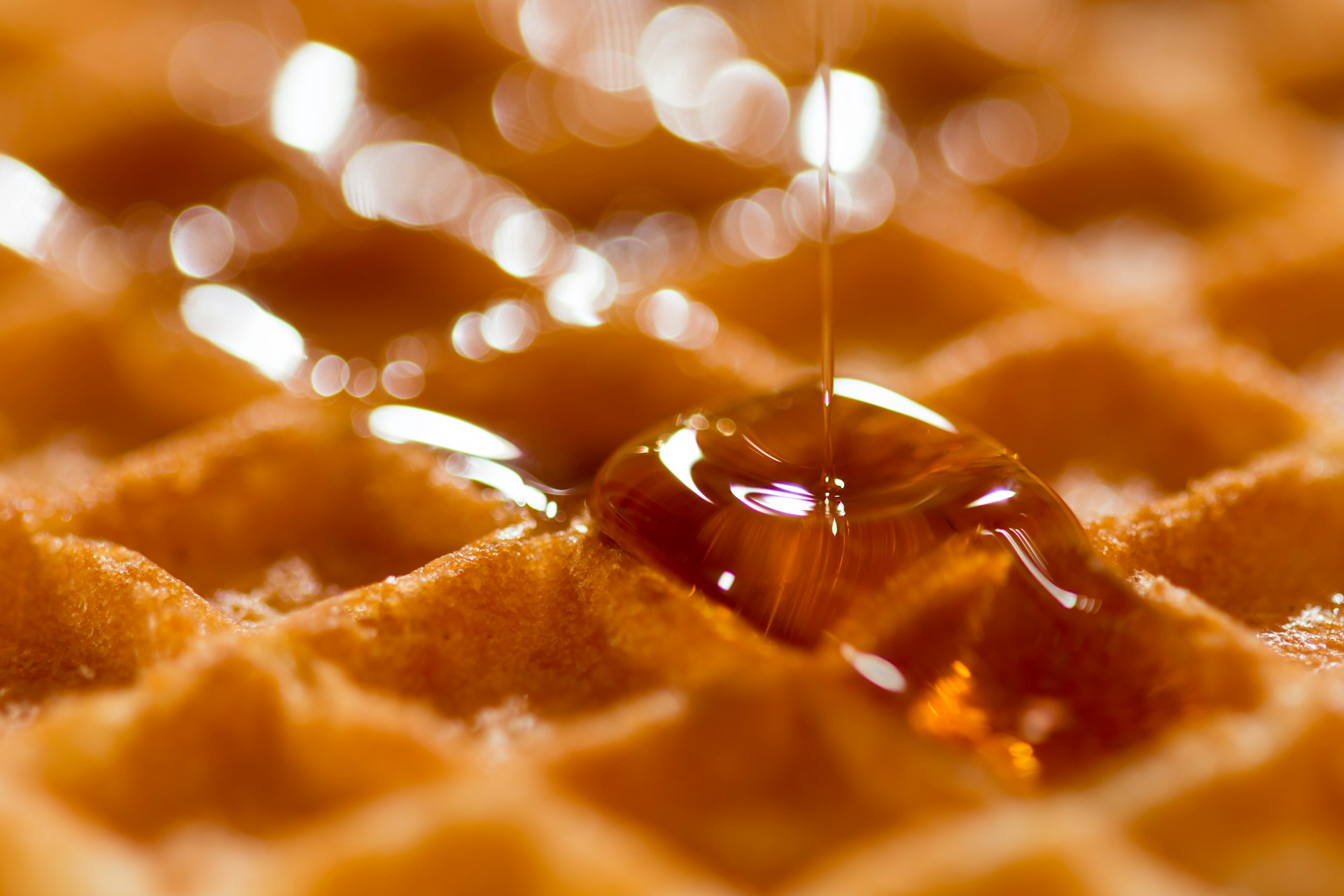
High-Fructose Corn Syrup Products
High-fructose corn syrup (HFCS) became ubiquitous in U.S. foods as a cheap sweetener alternative to sugar. Although not technically an “additive,” it is a major driver of metabolic syndrome. Kennedy’s dietary guidelines could set reduction targets for HFCS and encourage natural sweeteners like honey or maple syrup. Nabil Boukala / Unsplash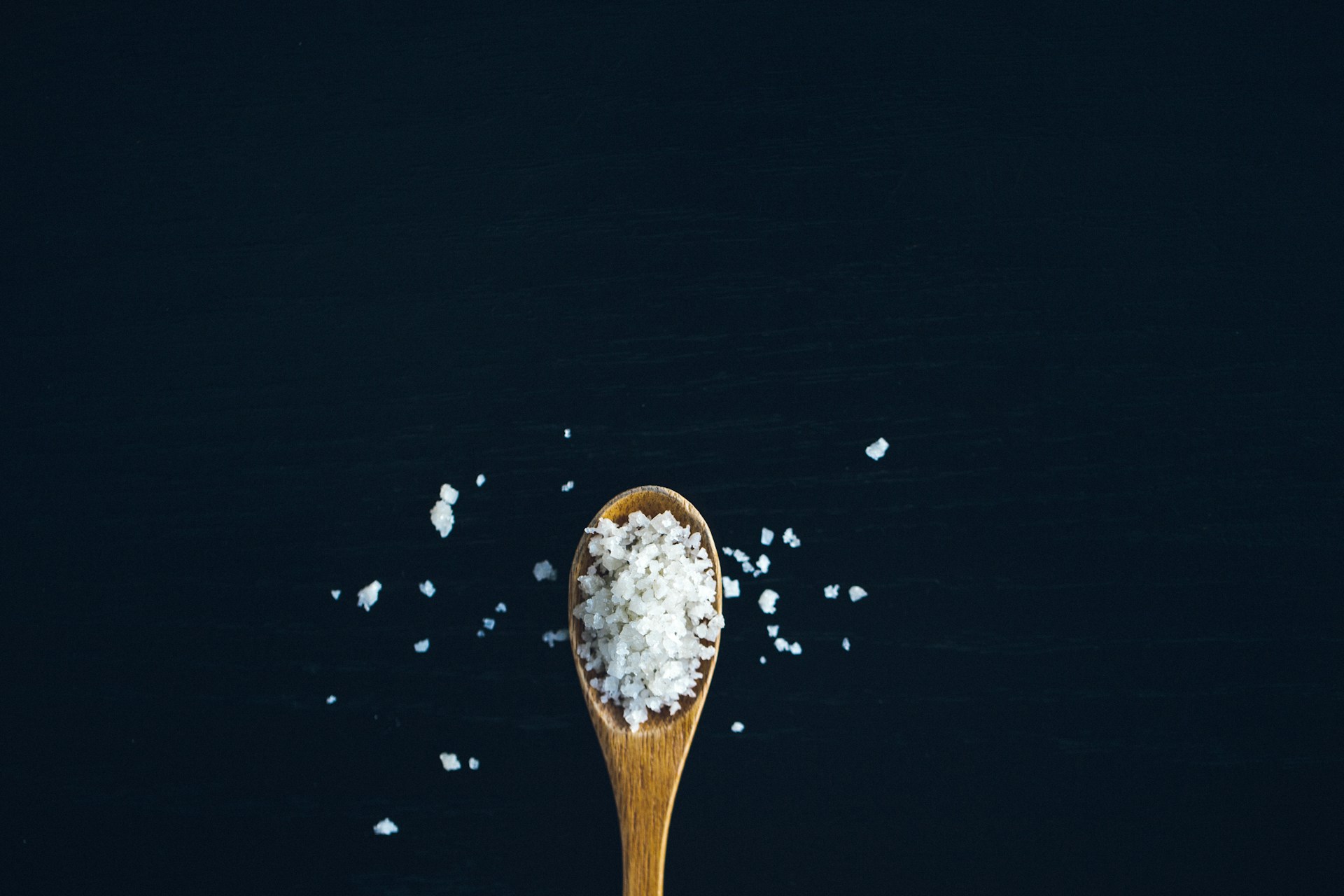
Foods With Excess Sodium: Salty Situations
Processed foods from soups to snack mixes often contain more than half the recommended daily sodium in one serving. Several countries have set mandatory sodium reduction targets, while the U.S. still relies on voluntary measures. Kennedy could adopt a stricter approach to force reformulation. Jason Tuinstra / Unsplash
Processed Snacks: Cheesy but Chemical
Brightly colored chips and crackers often use petroleum-derived dyes to enhance their appearance. Countries like Norway and Finland have banned several of them outright. U.S. manufacturers could soon be required to replace synthetic dyes with natural alternatives. Sahand Babali / Unsplash
Colorful Candies Under the Microscope
Candies like Skittles and gummy bears contain multiple synthetic dyes, including Red 40 and Yellow 5, that have come under renewed scrutiny in the U.S. California recently banned Red 3 and several other additives beginning in 2027, intensifying pressure for federal reforms. Consumer lawsuits and advocacy campaigns are pushing for nationwide limits, and Kennedy’s FDA could move to mirror those state-level and European restrictions. Karsten Winegeart / Unsplash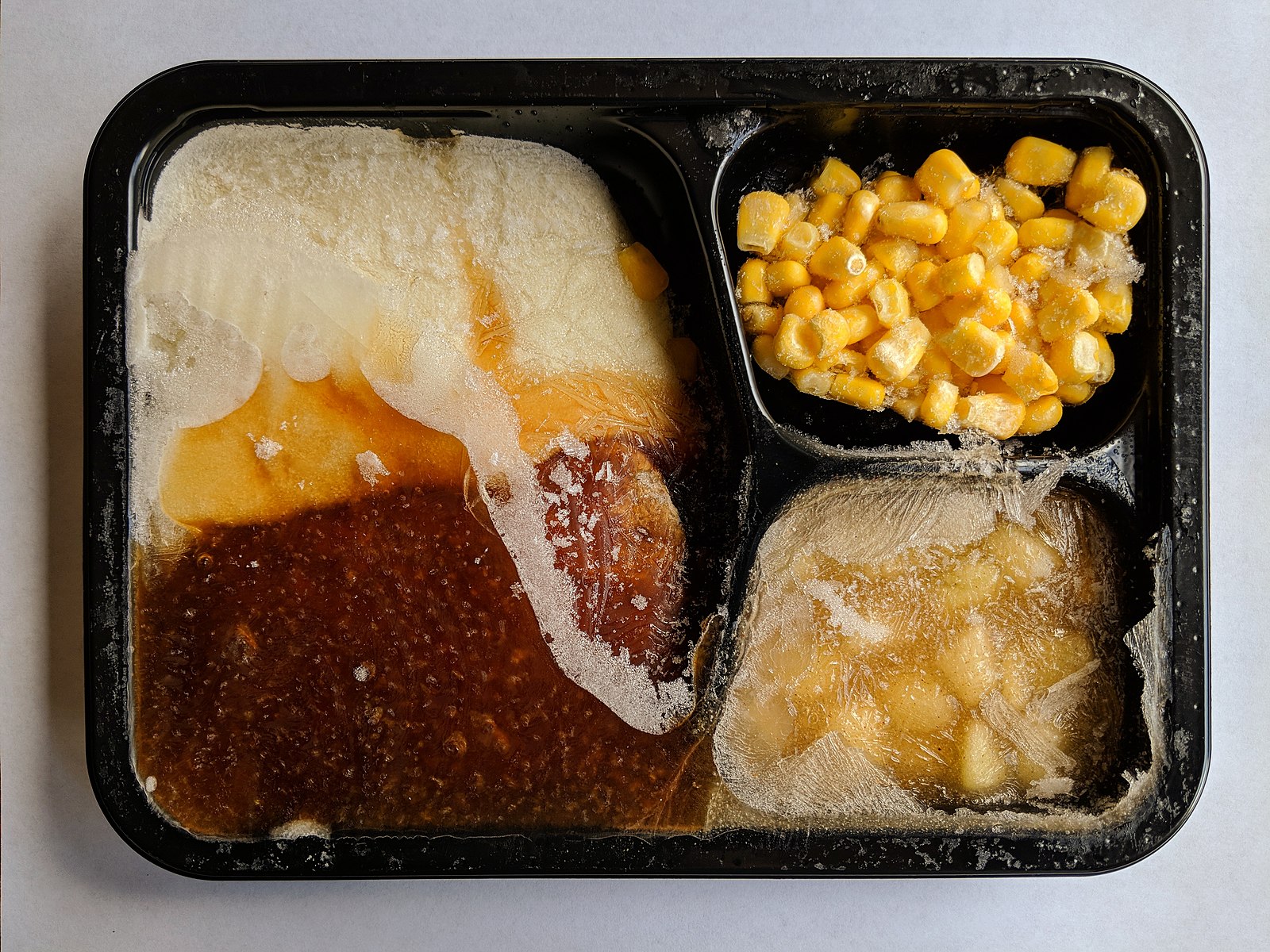
Frozen Dinners: Convenience at a Cost
Pre-packaged meals are often loaded with preservatives, flavor enhancers, and stabilizers that keep textures consistent for months. Consumer demand for cleaner labels is already growing. Federal policy could accelerate the trend toward simpler, more transparent ingredient lists. Sir Beluga / Wikimedia
Ice Cream: Beyond Cream and Sugar
Ice cream manufacturers sometimes use titanium dioxide and synthetic stabilizers to enhance color and mouthfeel. Kennedy’s new guidelines could encourage U.S. producers to adopt natural alternatives. Courtney Cook / Unsplash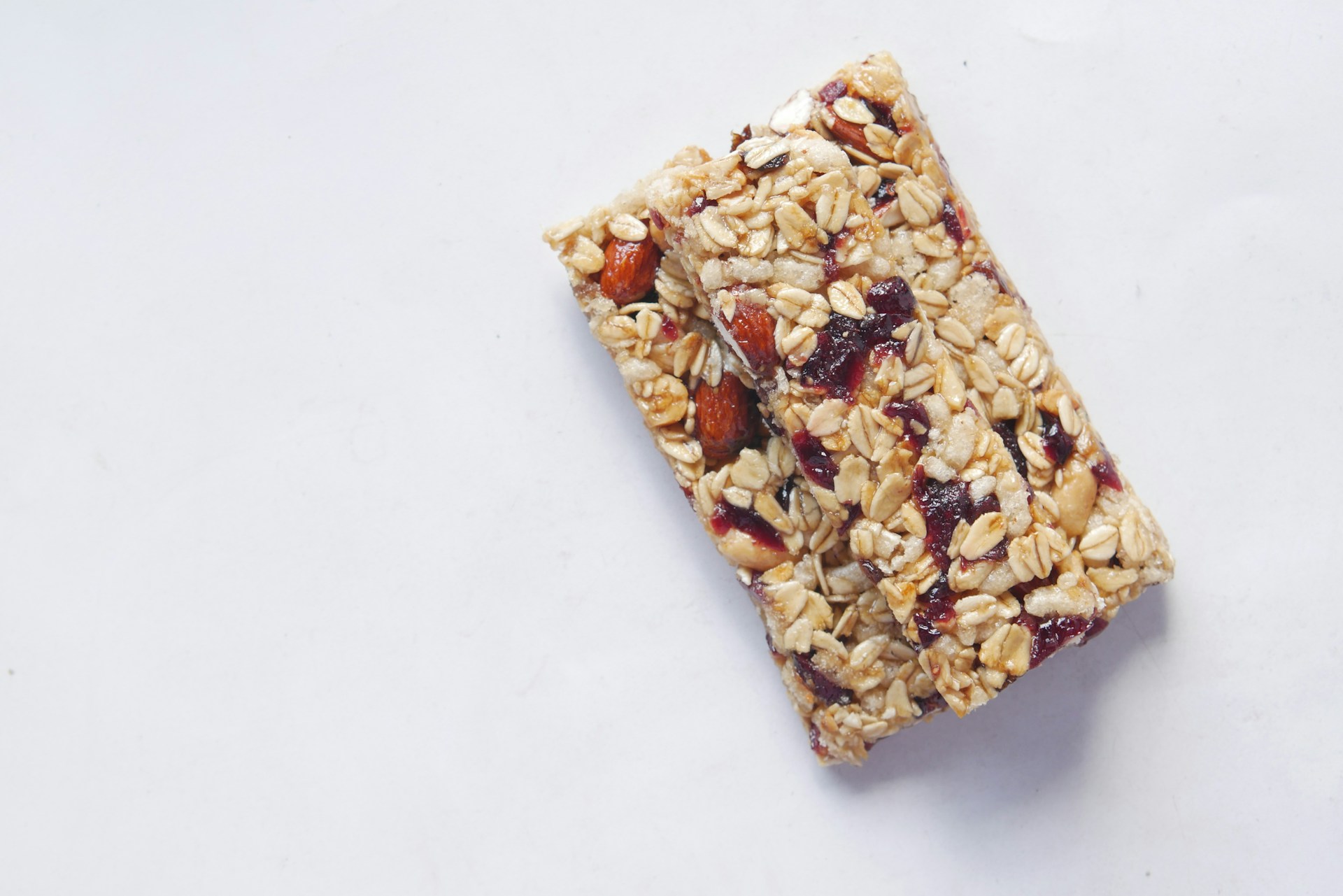
Snack Bars: Sweet but Synthetic
Marketed as healthy snacks, many bars contain syrups, gums, and preservatives to extend shelf life. These ingredients can add hidden sugars and artificial sweeteners that offset their nutritional value. Kennedy’s administration may mandate clearer labeling and sugar limits. That could transform how “health foods” are regulated and sold. Towfiqu Barbhuiya / Unsplash
Condiments: Hidden Sugar and Preservatives
Popular condiments like ketchup and barbecue sauce often contain high-fructose corn syrup, sodium benzoate, and artificial flavors. Some public health experts have called for caps on added sugars and salt in these products. Kennedy’s guidelines may finally set those limits. Fernando Andrade / Unsplash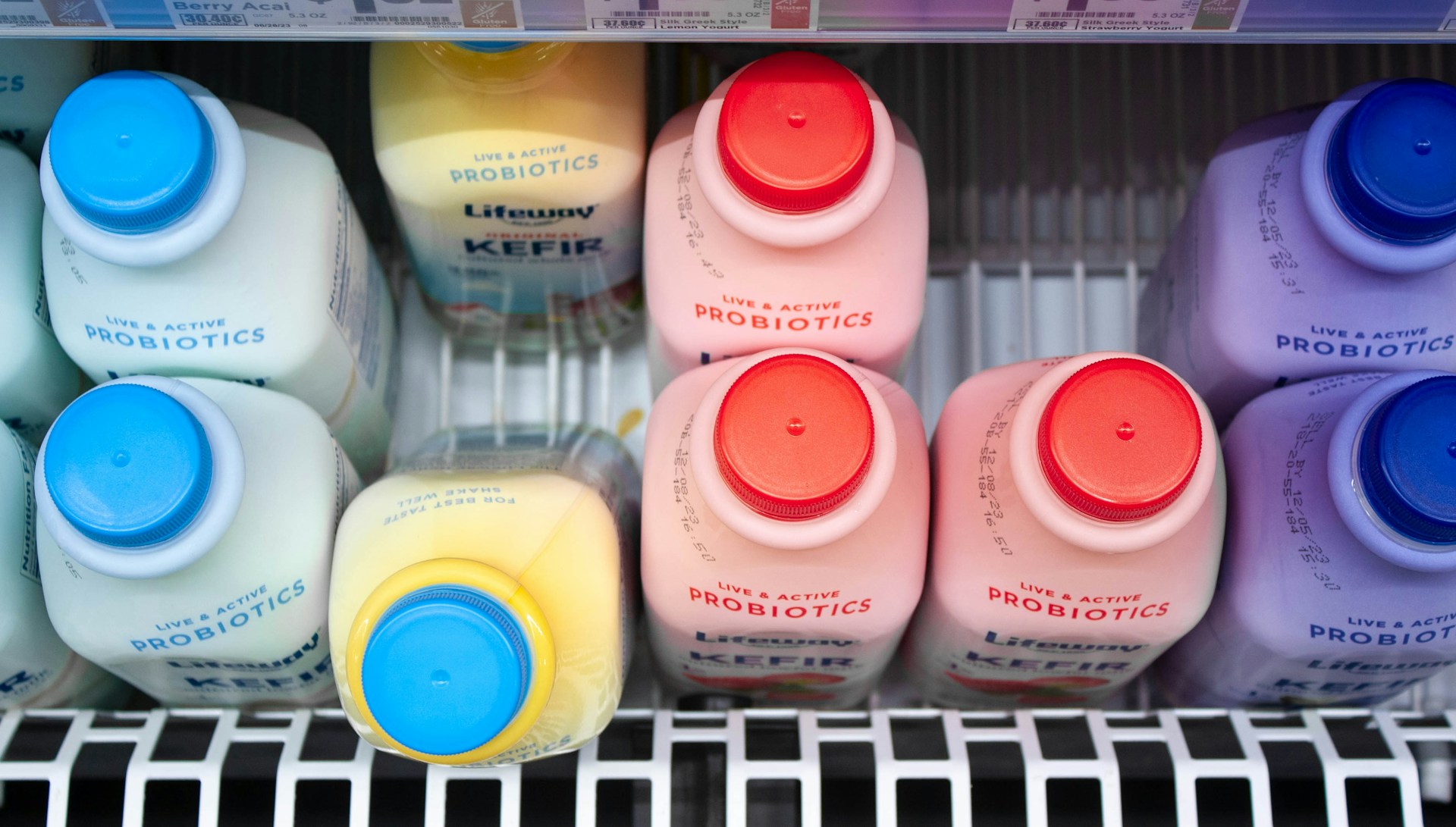
Dairy Products: Artificial Sweeteners Under Scrutiny
Flavored milks and yogurts often use aspartame or sucralose to cut calories without sacrificing taste. While the FDA still deems them safe, public sentiment is shifting. Kennedy could recommend natural alternatives like stevia or monk fruit in their place. S. Laiba Ali / Unsplash
Energy Drinks: Additives and Caffeine
Energy drinks combine large amounts of caffeine with synthetic flavors and acidic stabilizers. Several countries restrict their sale to minors, but the U.S. has no federal rule. Kennedy’s office could introduce mandatory warning labels or age limits. Thom Masat / Unsplash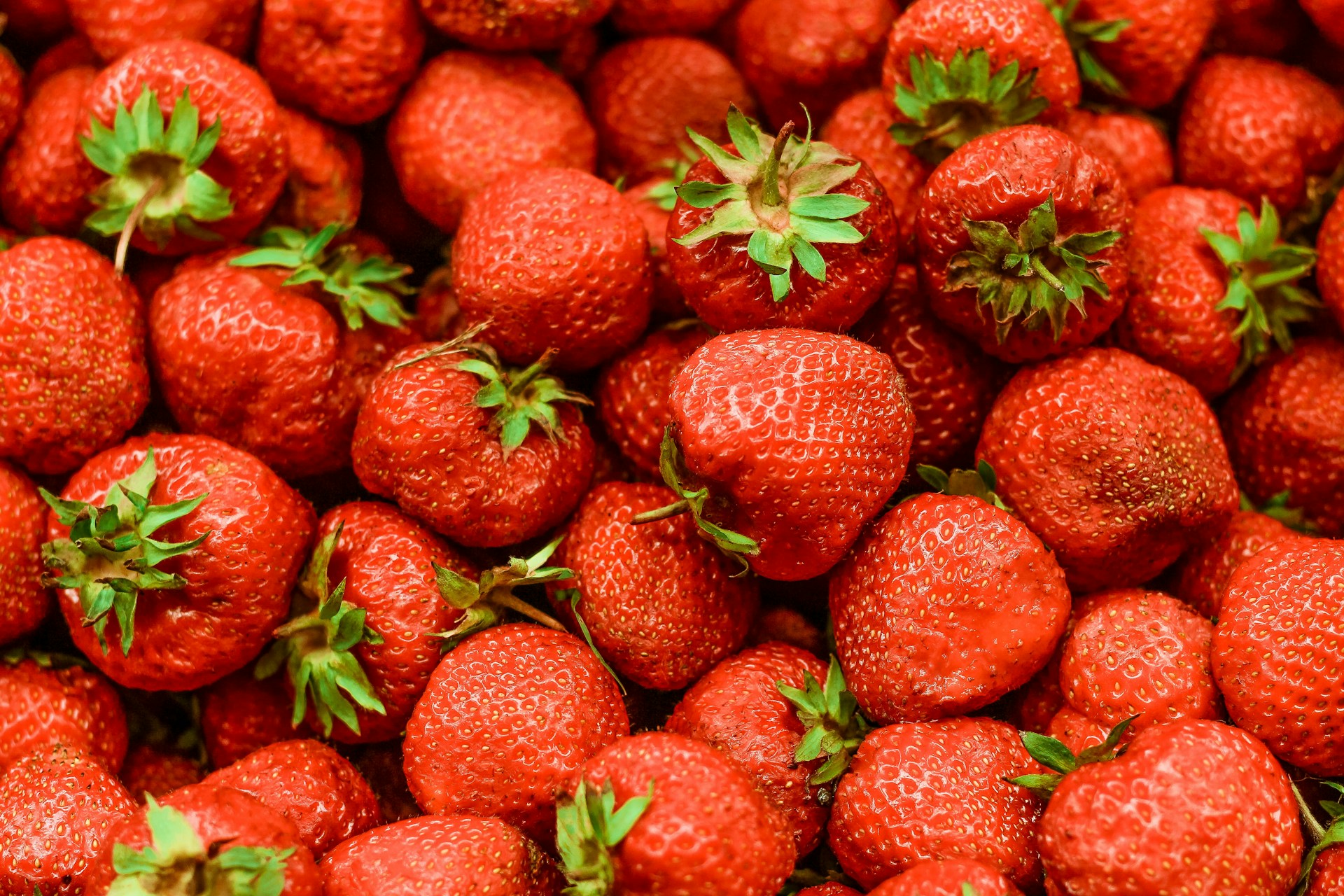
Non-Organic Strawberries: Pesticide Problems
Strawberries consistently rank among the fruits with the highest pesticide residues, often topping the Environmental Working Group’s “Dirty Dozen” list. These residues may linger even after washing, raising concerns about potential long-term health effects linked to chemical exposure. Critics argue that the U.S. allows higher pesticide thresholds than many European nations, where such chemicals are tightly regulated or banned. Kennedy’s forthcoming food policies could promote organic farming practices or introduce stricter residue limits, aiming to make the country’s most popular berry safer to eat. Anton Darius / Unsplash
Global Context: Learning From Stricter Standards
The European Union’s food-safety model bans or restricts hundreds of chemicals still legal in the U.S. By aligning with those standards, Kennedy’s upcoming guidelines could close a long-criticized regulatory gap. The result may be a profound shift in American grocery shelves and eating habits. Gage Skidmore from Surprise, AZ, United States of America, CC BY-SA 2.0 https://creativecommons.org/licenses/by-sa/2.0, via Wikimedia Commons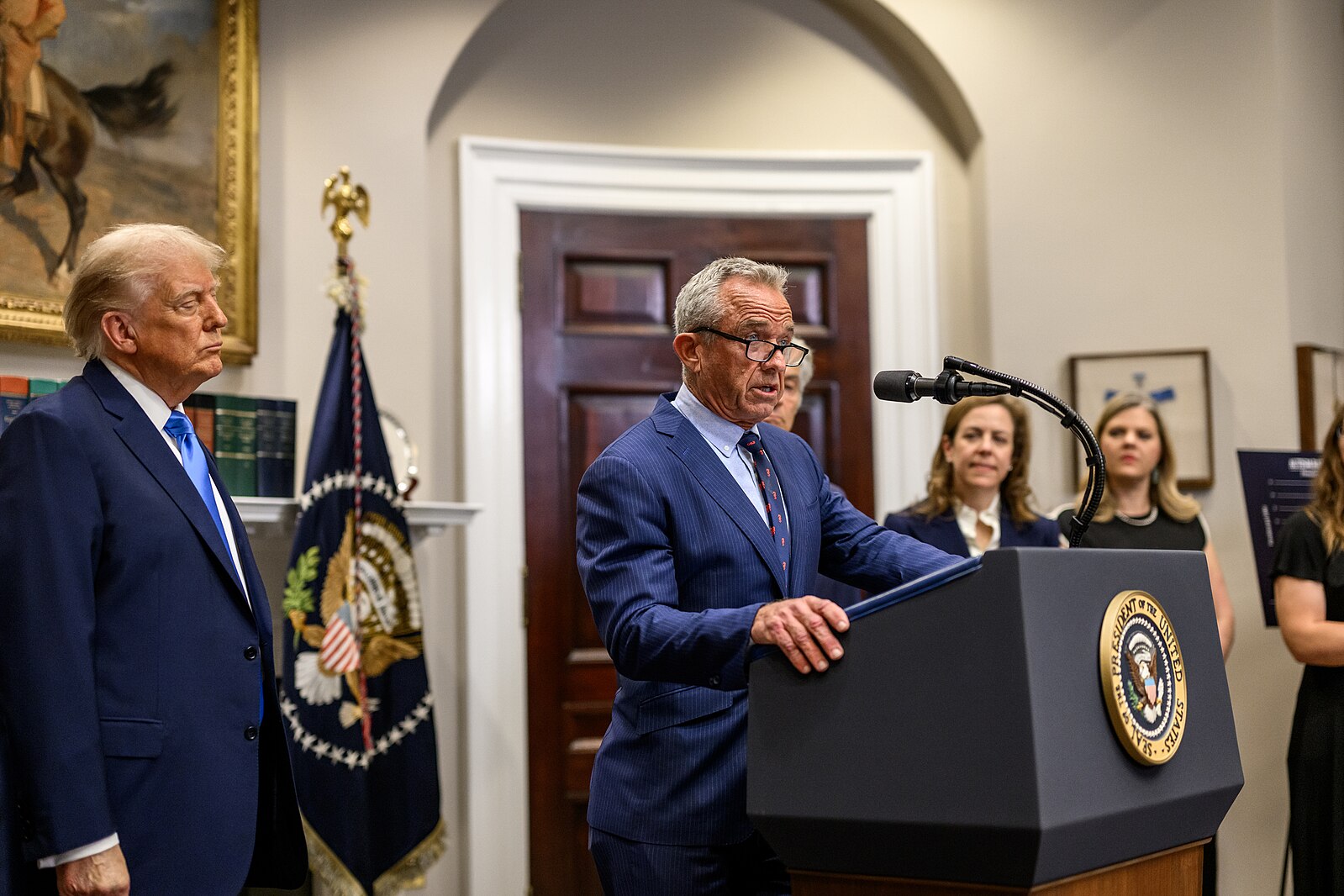
A Turning Point, or Just a Policy Pendulum?
Kennedy’s dietary guidelines arrive at a moment when Americans are increasingly skeptical of both processed food and federal overreach. Supporters view the effort as a long-overdue reckoning with additives and industrial shortcuts that have dominated supermarket shelves for decades. Critics, however, warn that sweeping restrictions could raise food prices, strain small producers, and blur the line between health guidance and government paternalism.Either way, the December announcement will mark more than a bureaucratic update—it will reveal how the United States now defines “healthy,” and who gets to decide what ends up on the nation’s plate. The White House / Wikimedia